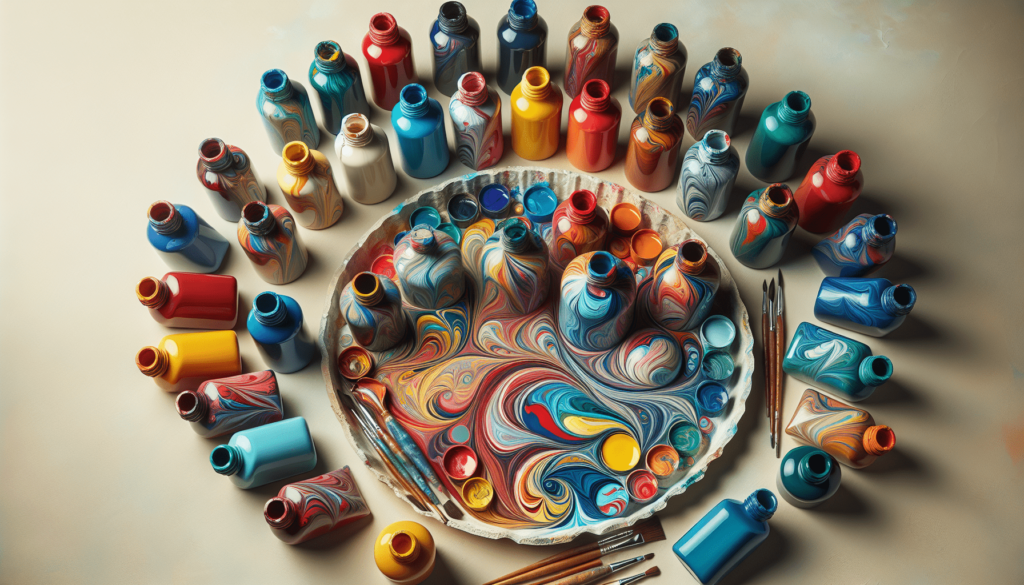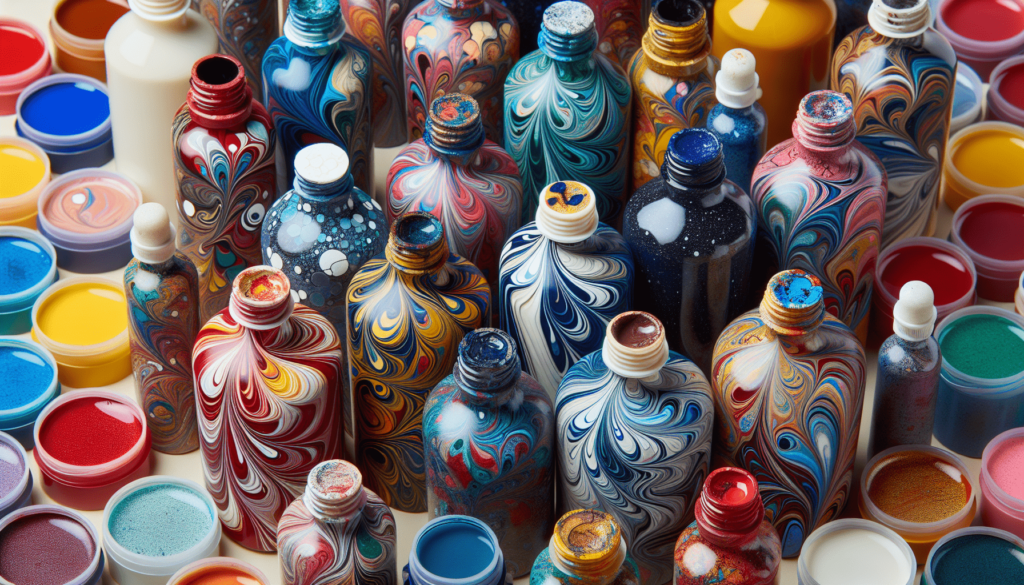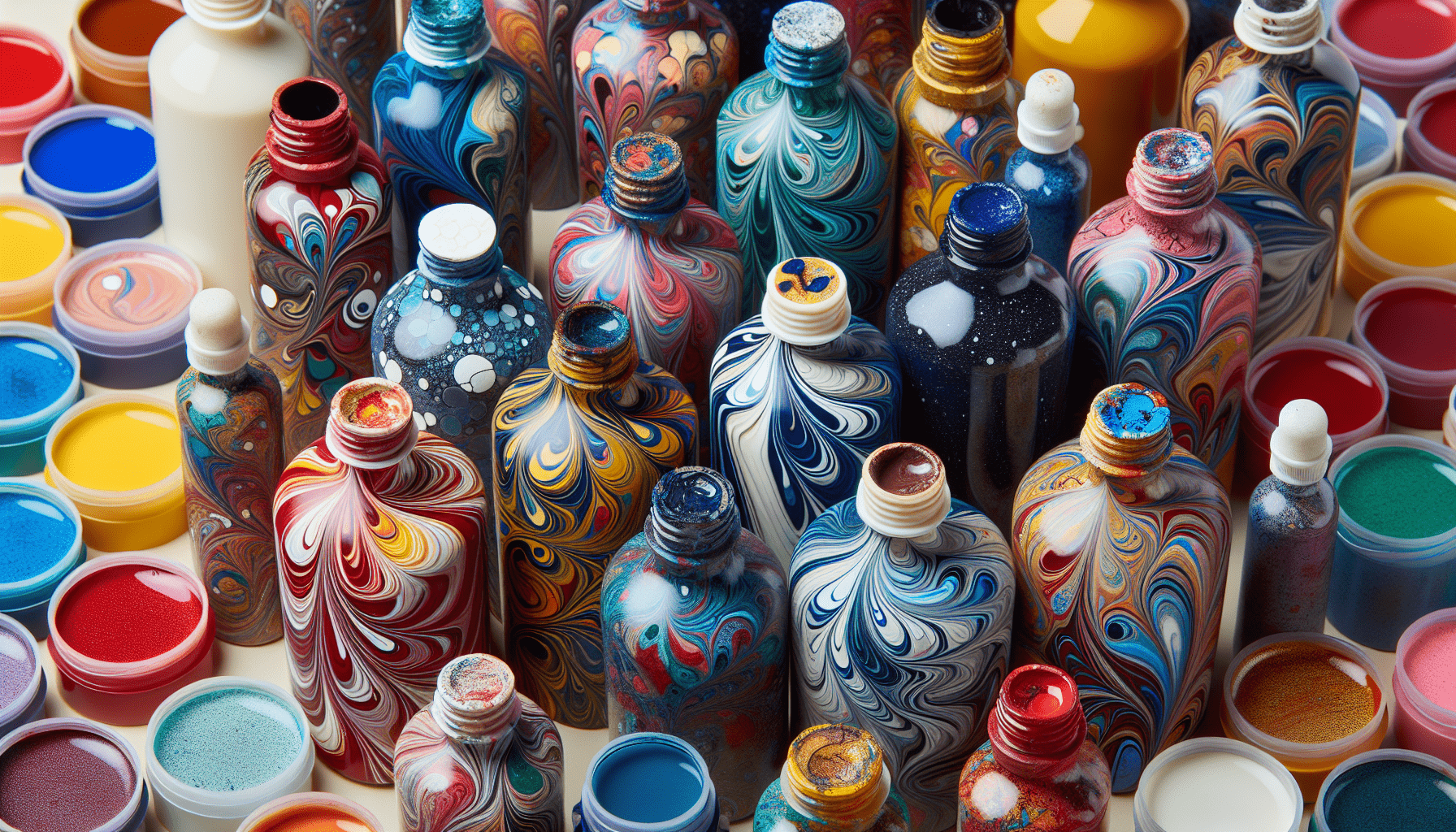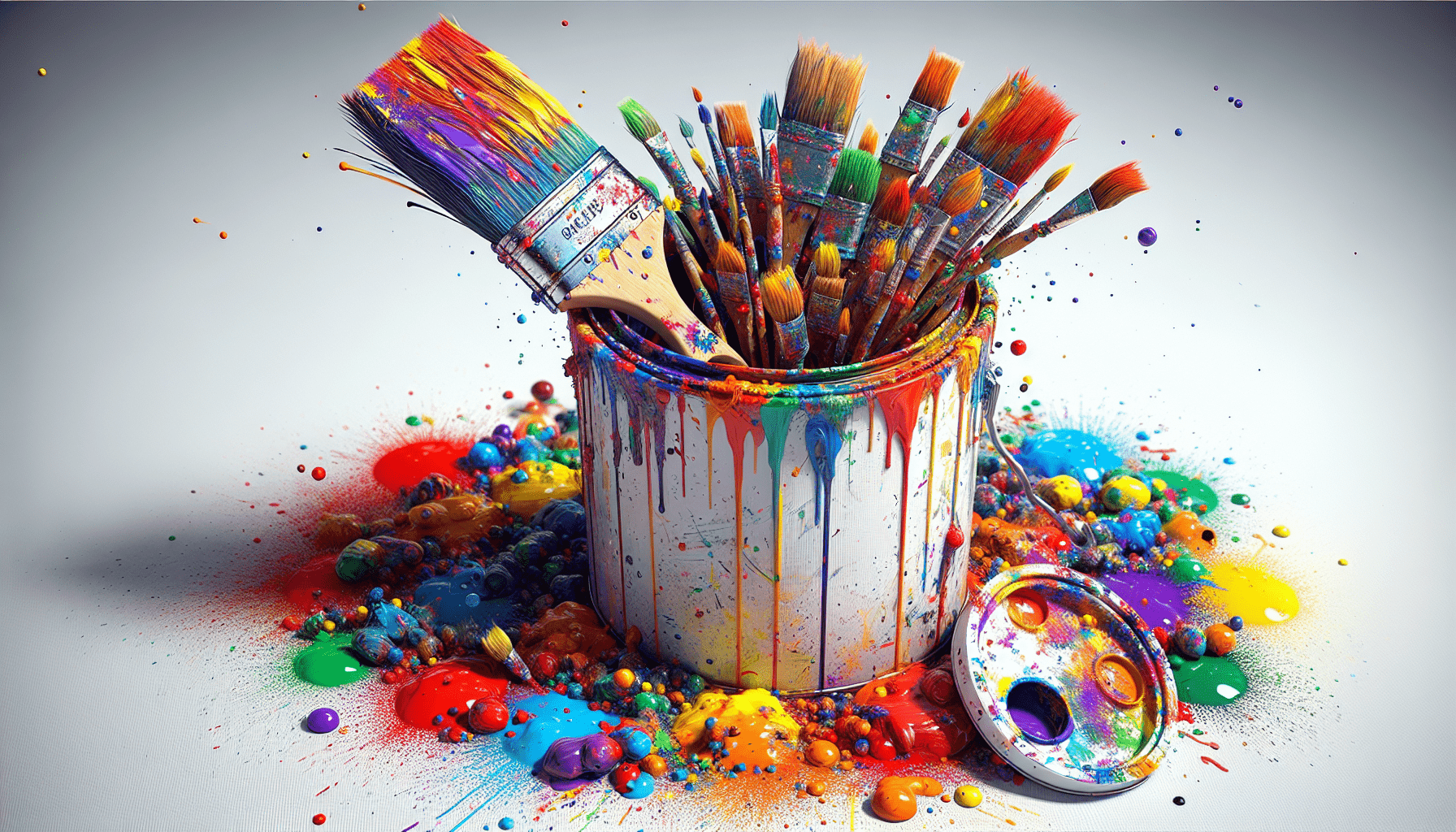Have you ever wondered where to purchase marbling paint for your next artistic project? Perhaps you have been inspired by the mesmerizing swirl patterns that marbling can create, and you’re eager to try your hand at this age-old technique. Finding the right materials can make all the difference in executing your creative vision. In this article, you’ll find an in-depth guide to purchasing marbling paint, helping you understand what to look for and where to find it.

What is Marbling Paint?
Marbling paint is a specialized type of paint used to create designs that mimic the look of marble stone. It involves floating paints on the surface of a viscous solution and then transferring the pattern onto paper, fabric, or other materials. This art form has been practiced for centuries, originating in Central Asia before spreading to Europe and across the globe.
Types of Marbling Paint
Understanding the different types of marbling paint available can help you make an informed purchasing decision. Not all paints are created equal, and the type you choose depends on the effect you aim to achieve.
Water-Based Paints
Water-based paints are the most common type used for marbling. They are easy to clean, non-toxic, and suitable for beginners. These paints float well on the marbling medium, making them a popular choice for most projects.
Oil-Based Paints
Oil-based paints offer a different texture and finish compared to water-based paints. They tend to provide a richer and more vibrant color. However, they can be more challenging to work with due to the need for solvents for clean-up and mixing.
Acrylic Marbling Paints
Acrylic paints, due to their versatility, are a popular choice for marbling. They offer a wide range of colors and can be used on various surfaces. They are also water-based, making them easy to use and clean.
Factors to Consider When Buying Marbling Paint
Choosing the right marbling paint involves more than just selecting colors. Several factors should influence your purchase to ensure your marbling project is successful.
Quality of Paint
The quality of the paint is crucial in determining the outcome of your marbling work. High-quality paints will provide better color vibrancy and finer detail in the marbled patterns. Look for brands with positive reviews and consider purchasing a small quantity first to test their quality.
Color Range
A wide color range allows for more creative expression. Consider purchasing sets that offer a variety of colors, especially if you are new to marbling and are still developing your style.
Compatibility with Marbling Medium
Different paints react differently with marbling mediums. Ensure that the paint you choose is compatible with the medium you plan to use, whether it be carrageenan, methylcellulose, or any other substance.
Environmental Considerations
If sustainability is important to you, consider eco-friendly marbling paints. These paints are typically non-toxic, gentle on the environment, and safe for use in homes with children or pets.
Where to Buy Marbling Paint
Once you have a clear understanding of what you need, it’s time to find out where you can buy marbling paint. Fortunately, there are several options to explore, ranging from local stores to online retailers.
Art Supply Stores
Local art supply stores offer the benefit of immediate purchase and the ability to see and test products in-person. Stores such as Michaels, Hobby Lobby, and Blick Art Materials frequently stock marbling paints and mediums.
Pros:
- Immediate availability.
- Opportunity to see colors in person.
- Often have sales and in-store discounts.
Cons:
- Limited to local inventory.
- Price may be higher compared to online options.
Online Retailers
Online shopping provides a broader selection and competitive pricing. Websites such as Amazon, Etsy, and specialized art supply sites like Jerry’s Artarama offer a vast range of products.
Pros:
- Wider selection of brands and products.
- User reviews and ratings available.
- Convenient delivery.
Cons:
- Cannot see or test products before purchase.
- Delivery time can be a factor.
Specialty Marbling Suppliers
Some businesses focus exclusively on marbling supplies. These suppliers often provide high-quality, curated marbling kits and paints specifically designed with marblers in mind.
Pros:
- High-quality, specialized products.
- Kits available for beginners.
Cons:
- Higher price point.
- May have fewer promotions or discounts.
Recommended Brands for Marbling Paint
Reputation and quality are essential when it comes to selecting a brand. Several brands have established themselves as leaders in the field of marbling paints.
Pebeo Marbling Paints
Pebeo is well-regarded for its consistency and ease of use, making it suitable for both beginners and professionals. Their marbling paints are specifically formulated for sharp, vibrant marbling.
Jacquard Marbling Paints
Jacquard offers high-quality paints that are compatible with a variety of surfaces. Known for their reliable performance, Jacquard paints provide excellent color variety and richness.
Daler Rowney Marbling Inks
Daler Rowney marbling inks are popular for achieving intricate and delicate patterns. These inks boast a high pigment concentration, which creates vibrant designs.

Tips for Buying Marbling Paint
Making a purchase goes beyond just selecting a product—the way you buy can affect your experience and satisfaction.
Compare Prices
Prices can vary when purchasing from different retailers. It’s worthwhile to compare prices, especially when buying in bulk, to find the best deals.
Read Reviews
Reading reviews from other artists can provide valuable insights into the performance and reliability of different marbling paints. Look for feedback regarding ease of use, color payoff, and compatibility.
Start with a Starter Kit
If you’re new to marbling, consider starting with a marbling starter kit. These kits typically include a selection of paints, tools, and guides to help you get started without needing to purchase each item separately.
The Art of Marbling: Beyond the Paint
Understanding the broader aspects of marbling can enrich your experience and results. Here are a few more components to consider:
Marbling Mediums
The medium is a vital part of the marbling process, affecting how the paint floats and spreads. Common options include:
- Carrageenan: A popular choice for its consistency, ideal for detailed patterns.
- Methylcellulose: Offers longer working time, good for beginners.
Tools and Equipment
The right tools can facilitate better control and precision in your marbling projects.
- Combs and Rakes: These help create specific patterns by dragging through the paint.
- Droppers or Brushes: Used to apply the paint to the surface of the medium.
Surface Options
Different surfaces will influence the final appearance of your marbled work.
- Paper: Traditional choice, often treated with an alum solution for better absorption.
- Fabric: Presents unique challenges, requiring special preparation and techniques.
Conclusion
Purchasing the right marbling paint is a critical step in unlocking the full potential of your creative projects. By considering the quality, type, and source of the paint, you can ensure a satisfying and fruitful marbling experience. Whether you choose to buy from local stores, online retailers, or specialized suppliers, the world of marbling awaits your unique artistic touch. With the right materials in hand, you are well-equipped to embark on your marbling journey.



